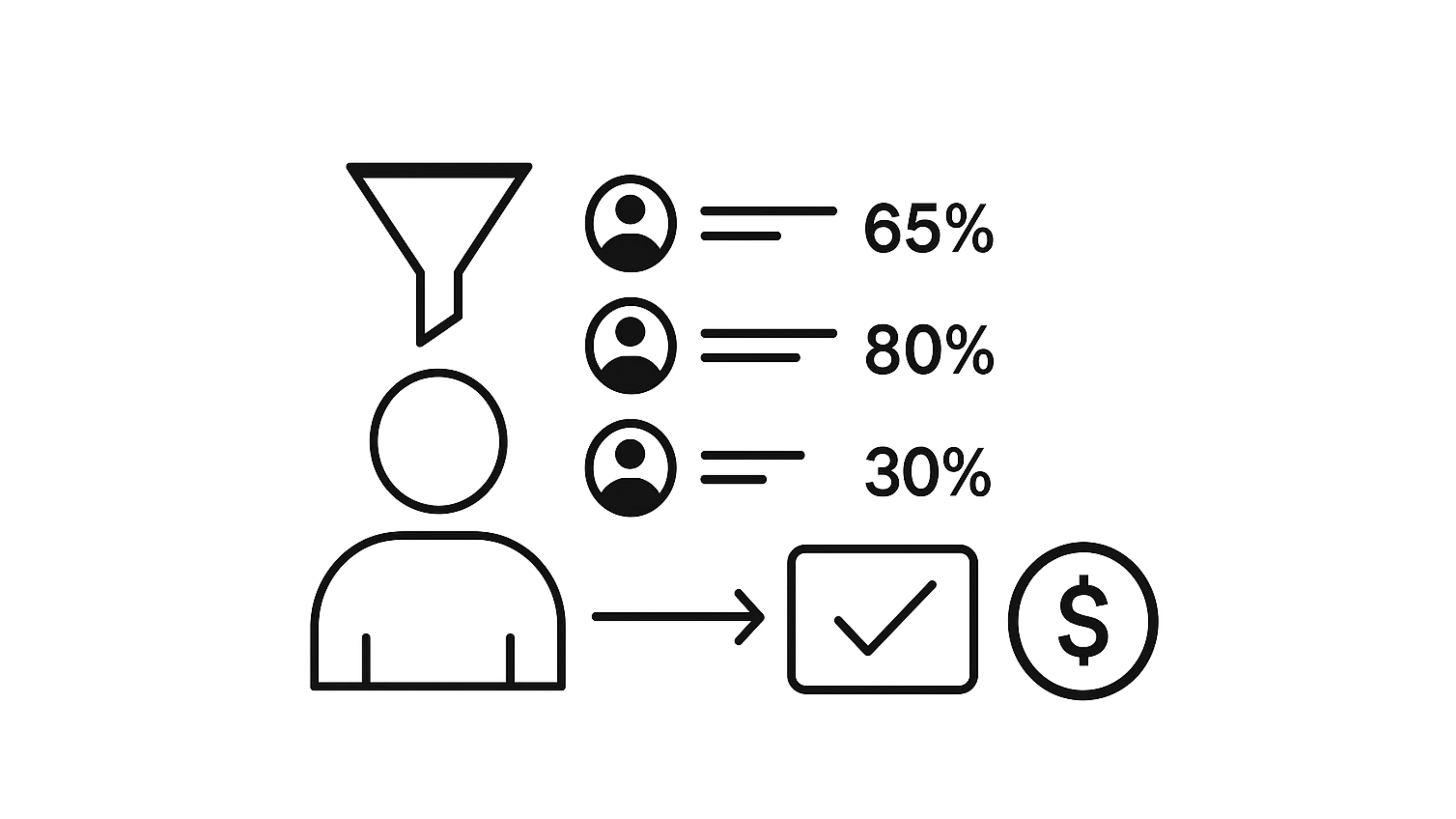
In today's fast-paced job market, companies are inundated with a high volume of job applications, making it increasingly difficult to efficiently screen candidates. Traditional methods of resume screening often involve manual processes that are not only time-consuming but also prone to bias, leading to inconsistent and potentially unfair hiring decisions. To remain competitive, companies must streamline their recruitment process to ensure that the right candidates are identified quickly and without prejudice.
Problem Statement
Overcoming Bias and Inefficiencies in Manual Application Screening Companies face significant challenges in managing the manual review of job applications, a process that is often riddled with both conscious and unconscious biases. This traditional approach can result in unfair evaluations based on non-relevant factors like age, gender, or ethnicity. Moreover, the sheer volume of applications makes it difficult to screen effectively, leading to missed opportunities and delays in hiring. The need for a solution that not only automates the screening process but also eliminates bias and enhances decision-making was clear.

Solution
- Solution Implementation:
- Developed and deployed an AI-powered machine learning pipeline specifically designed to streamline the application screening process.
- The pipeline begins by ingesting and pre-processing applicant data, including resumes, cover letters, and other relevant documents.
- Natural Language Processing (NLP) Techniques:
- Leveraged NLP techniques to extract key features from unstructured data, such as skills, qualifications, and relevant experiences.
- These features were fed into a classification algorithm, categorizing candidates into different suitability groups based on their likelihood of being a successful hire.
- Classification Output:
- Produced a binary classification: candidates likely to succeed and those less likely to meet job requirements.
- Bias Detection Module:
- Included a bias detection module that identifies and mitigates potential biases by analyzing historical hiring data.
- Ensured the machine learning models remain fair and objective.
- Results and Benefits:
- Significantly reduced the time taken to screen applications.
- Allowed HR teams to focus on engaging with the most promising candidates.

Conclusion
Similar Use Cases
 While our automated ML pipelines for application screening offer end-to-end intelligence for hiring workflows, we also provide lightweight AI solutions that can streamline and enhance recruitment processes without requiring complex infrastructure.
While our automated ML pipelines for application screening offer end-to-end intelligence for hiring workflows, we also provide lightweight AI solutions that can streamline and enhance recruitment processes without requiring complex infrastructure.Here are a few simple, high-impact use cases we frequently deliver:
- Resume Filtering Based on Keywords: Automatically filter resumes by matching job-relevant keywords (e.g., skills, education, experience) to reduce manual screening time.
- Candidate Auto-Tagging: Tag candidates with roles or departments like “Frontend Developer”, “Marketing Analyst”, or “Intern” to improve recruiter efficiency and filtering.
- Eligibility Check Automation: Use basic logic or ML models to quickly determine if a candidate meets minimum job requirements (e.g., years of experience, certifications).
- Candidate Profile Summarization: Generate concise summaries of each applicant’s profile, highlighting key strengths and gaps for easy review.
- Smart Email Responses: Send personalized, automated responses based on application status—such as “Thank you for applying”, “Shortlisted”, or “Not a match”.
- Duplicate Candidate Detection: Detect duplicate or re-submitted applications to help keep your talent database clean and organized.


